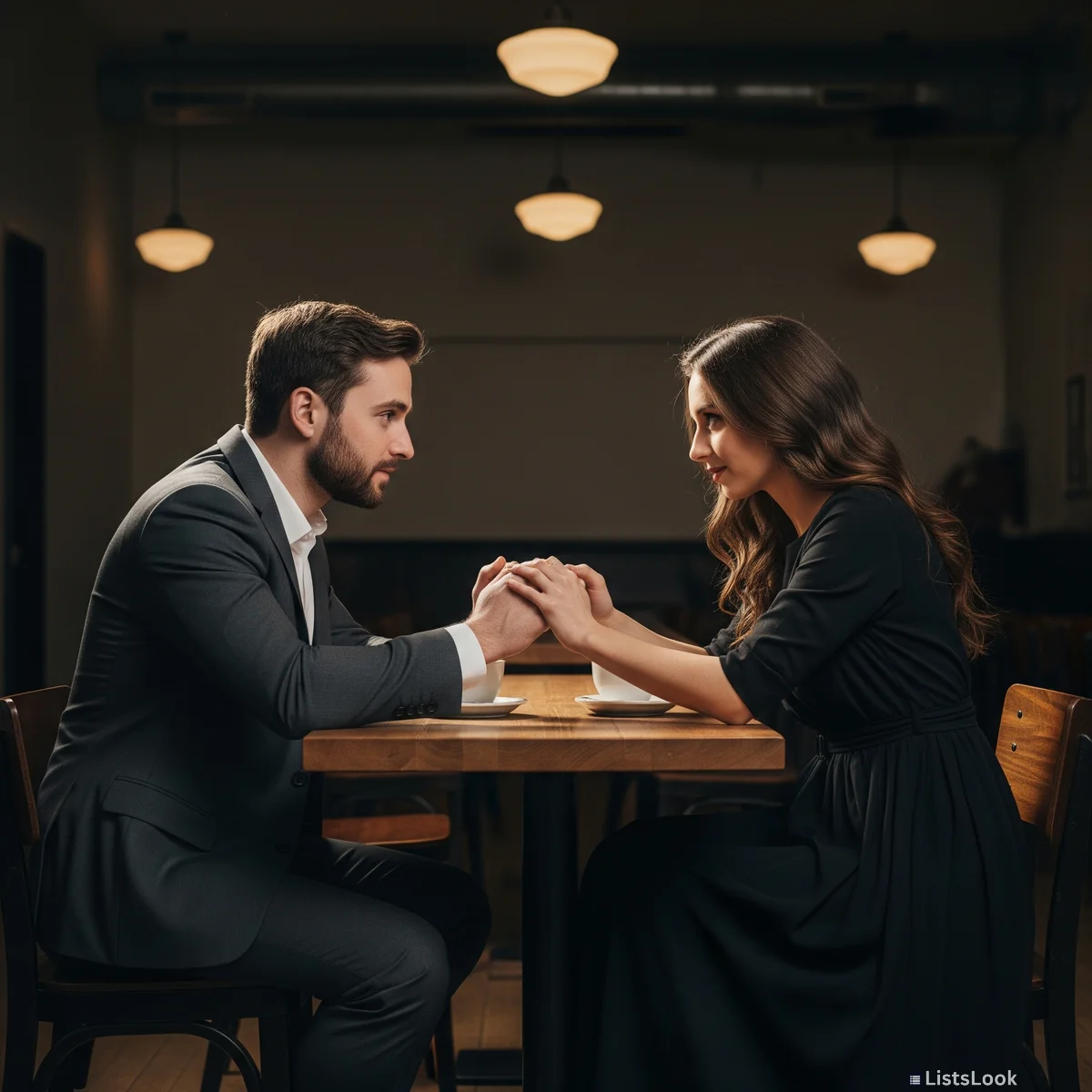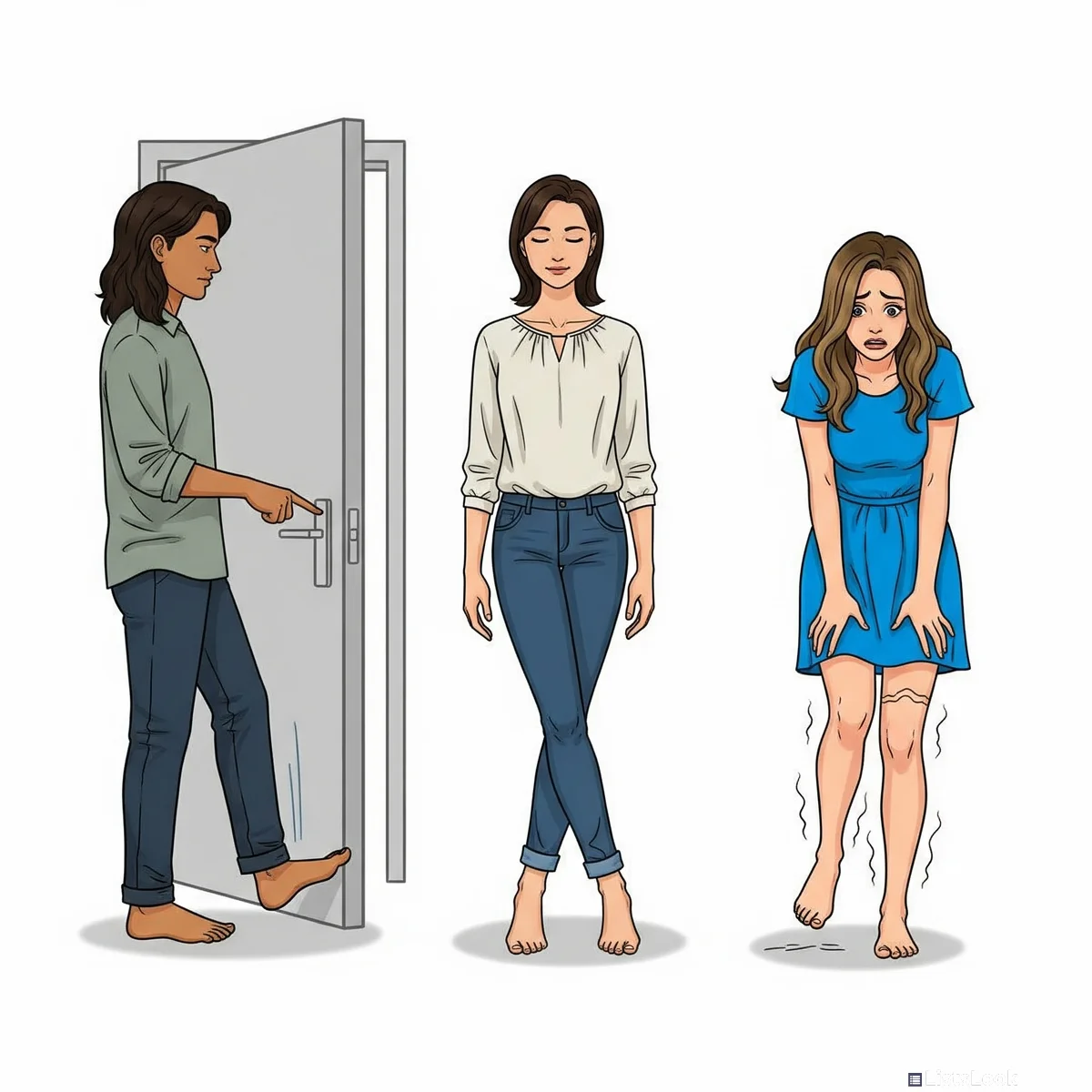7 Body Language Secrets: What You're *Really* Saying!

Decode the hidden language of body language! Discover 7 surprising ways your nonverbal cues speak louder than words & learn to read others. #bodylanguage #communication
Introduction: The Silent Symphony of Signals

We often focus on *what* people say, but how they say it – and everything they communicate *without* saying a word – is often more revealing. Body language, or nonverbal communication, is a powerful, subconscious force that shapes our interactions. It reveals our true feelings, intentions, and confidence levels. Understanding these subtle cues can significantly improve your relationships, career prospects, and overall social intelligence. Get ready to uncover 7 surprising ways your body language speaks volumes!
1. The Microexpression Flash

Microexpressions are fleeting, involuntary facial expressions that reveal our genuine emotions – even if we're trying to hide them. Lasting only a fraction of a second, these tiny movements are extremely difficult to consciously control. Learning to recognize these 'flashes' of true feeling (happiness, sadness, anger, fear, surprise, disgust, contempt) is a cornerstone of reading body language. They offer a raw glimpse into what someone is truly experiencing, bypassing verbal deception. Mastering this aspect of body language psychology is key.
2. The Power of Eye Contact (and Aversion)

Eye contact is incredibly potent. Maintaining a comfortable level signals confidence, honesty, and engagement. But it’s not about staring! Prolonged, unbroken eye contact can be perceived as aggressive. Conversely, consistently *avoiding* eye contact can suggest dishonesty, discomfort, or lack of confidence. Cultural nuances are crucial; acceptable levels of eye contact vary significantly. Observing variations in pupil dilation, too, can offer clues to attraction or interest – pupils widen when we’re intrigued!
3. Crossed Arms: More Than Just Cold?

The classic 'crossed arms' interpretation – defensiveness or resistance – isn't always accurate. While it *can* indicate a closed-off posture, it’s also simply a comfortable pose for some people. Context is key! Look for *clusters* of body language cues. Are their arms crossed *and* are they leaning away from you? That's a stronger indicator of discomfort. Consider the environment – are they cold? Crossed arms should be assessed alongside other nonverbal signals rather than taken at face value.
4. Mirroring: The Subconscious Connection

Mirroring, or unconsciously mimicking another person's body language, is a powerful sign of rapport and connection. We tend to mirror people we like and feel comfortable with. This happens subconsciously, and it strengthens the bond between individuals. Notice if someone subtly adopts your posture, gestures, or even facial expressions. It suggests they are actively engaged and feel a sense of agreement or solidarity. Recognizing this is a significant element in understanding body language cues.
5. Hand Gestures: Open vs. Closed

Hands are expressive tools! Open palms generally signal honesty and sincerity, while clenched fists or hidden hands can indicate tension, defensiveness, or even deception. The use of expansive gestures often points to confidence and enthusiasm, while limited or jerky movements might suggest nervousness or uncertainty. Pay attention to how people use their hands when they’re speaking – it reveals a lot about their emotional state and their level of comfort with the conversation. This builds a foundation in body language psychology.
6. The Legs Have It: Anchoring and Direction

Leg and foot positioning often reveals subconscious feelings. 'Anchoring' – keeping legs firmly planted – can suggest resistance or hesitation. The direction of the feet is also telling. Where are they pointed? Someone’s feet often point towards what they’re most interested in or where they want to be. Crossed legs can signal comfort, but also (like crossed arms) can be a habitual posture. Look for leg movements like foot tapping, which usually equates to restlessness or impatience. Use these insights while reading body language.
Comments
Loading comments...